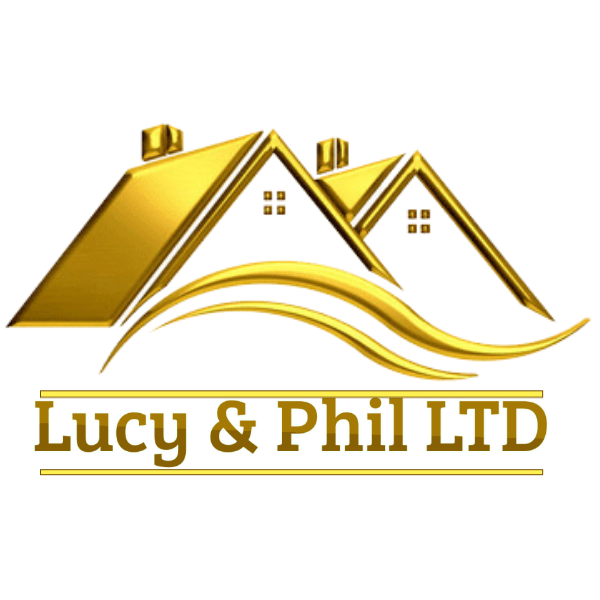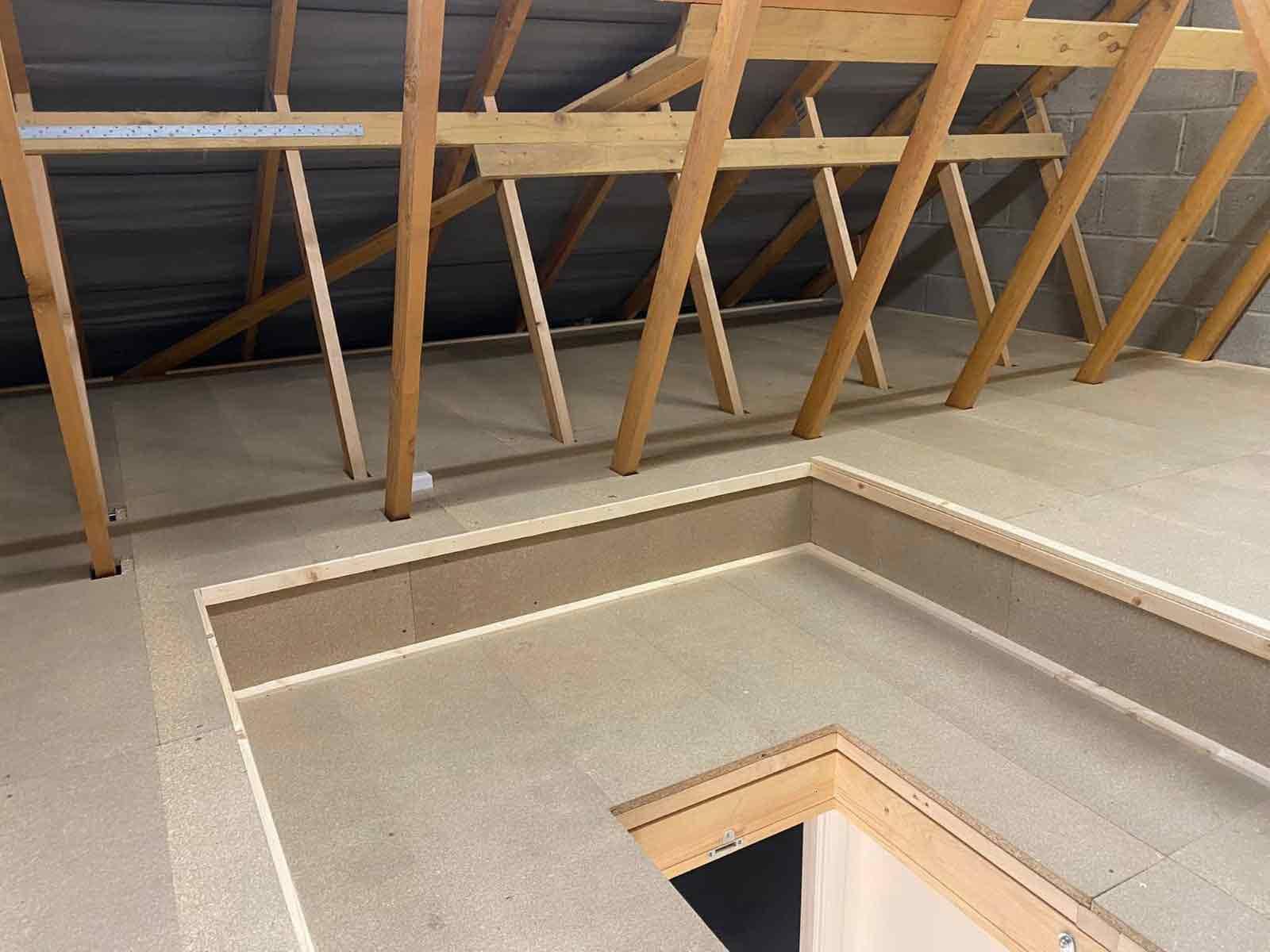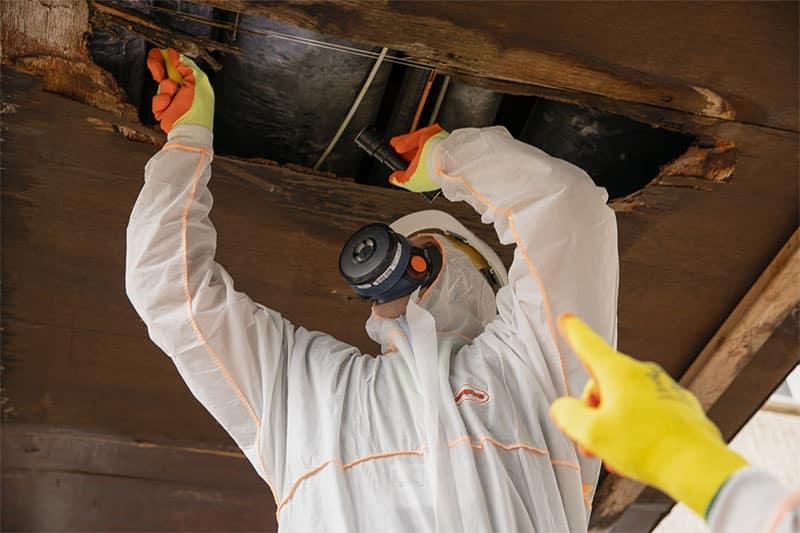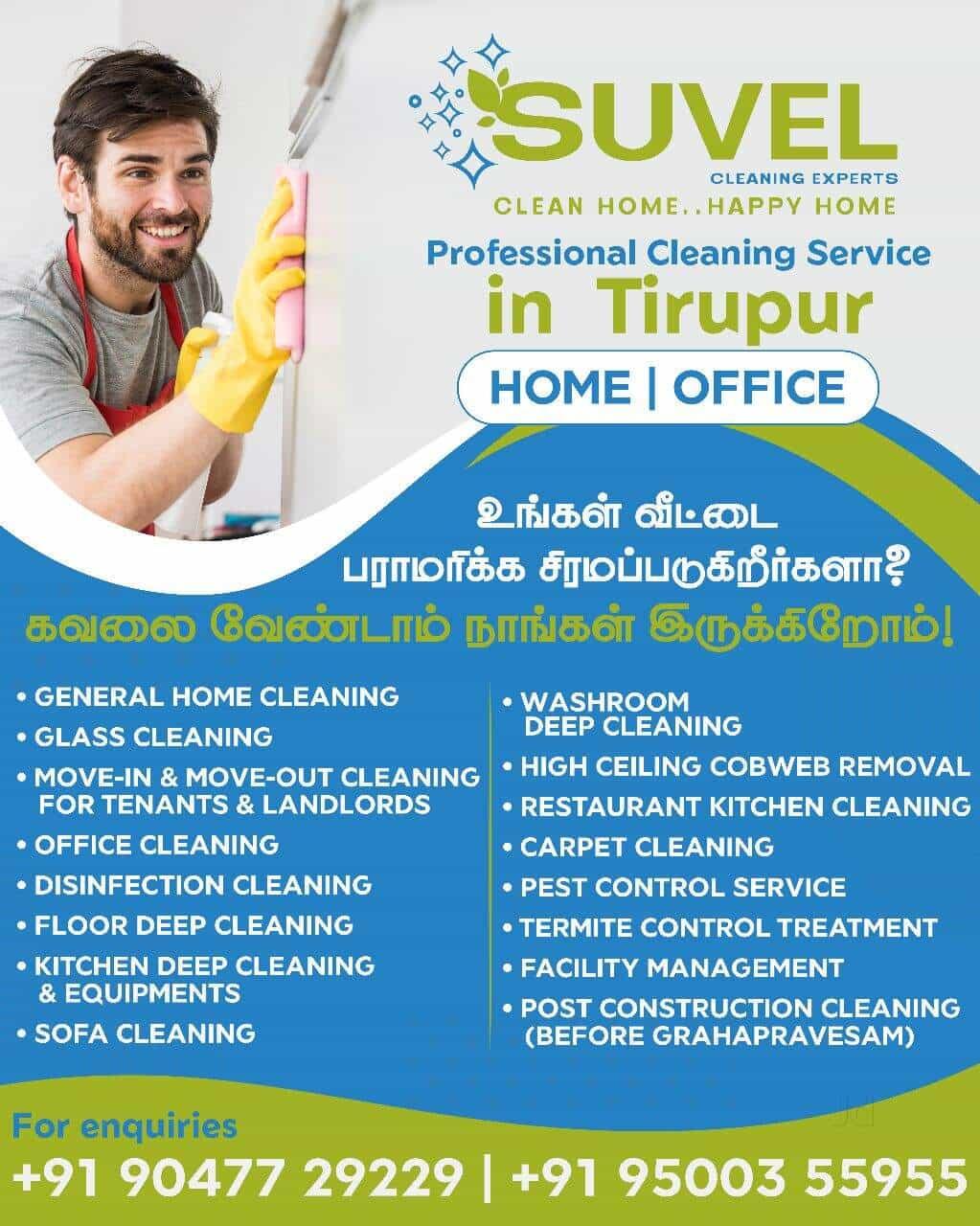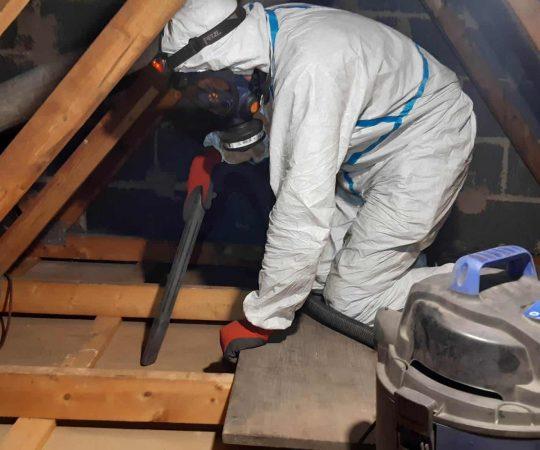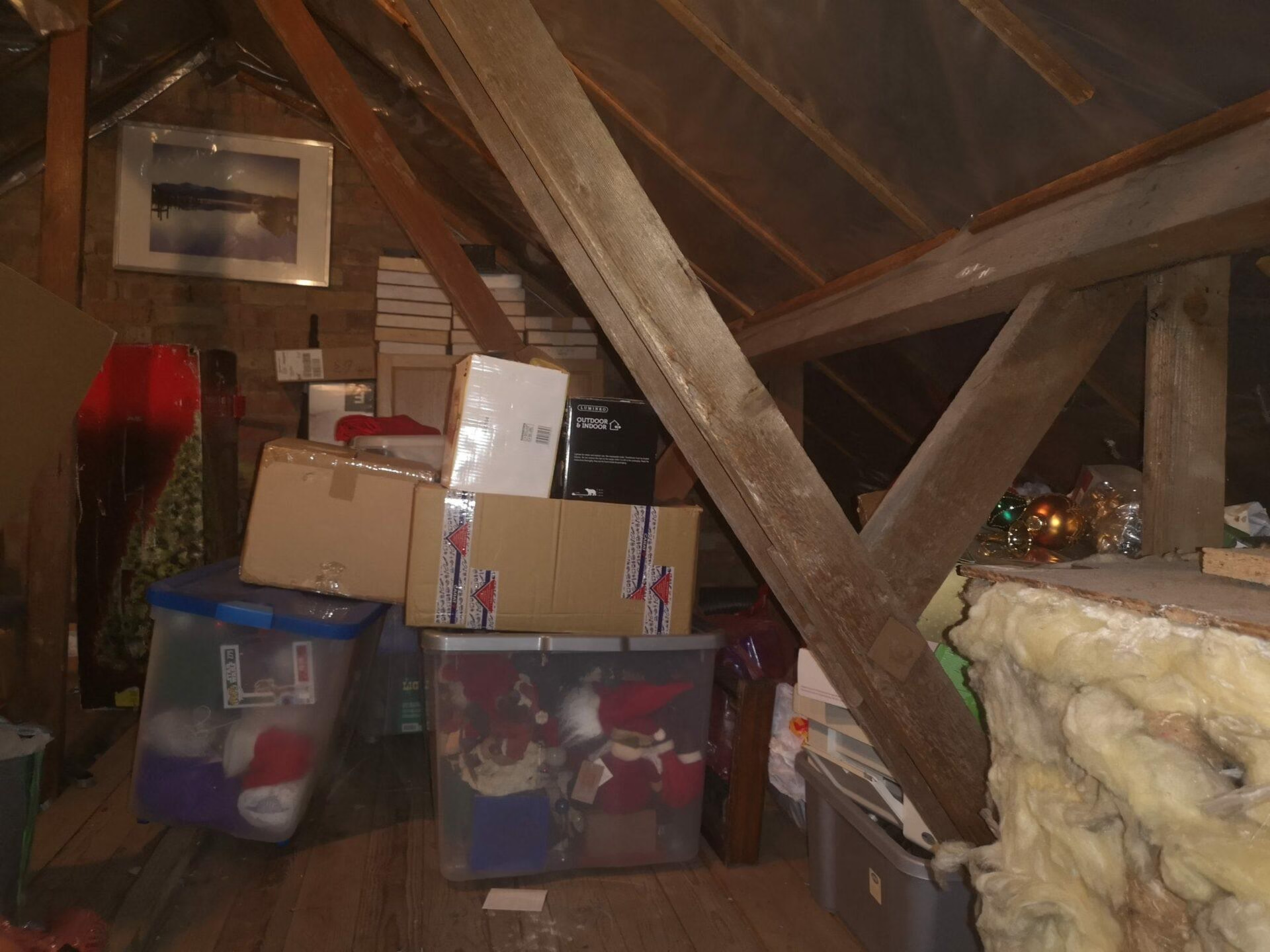
High above the everyday rooms of a home, the loft sits quietly collecting what life sheds: dust, fibres, forgotten boxes, the odd cobweb-and sometimes unwelcome guests. In the UK, where many properties combine older roof spaces with modern insulation, this overlooked void can influence more than storage. Air quality, energy efficiency, and even fire safety can all be shaped by what’s happening just beyond the hatch.
Loft cleaning services step into this rarely visited space with a practical brief: clear debris, manage contaminants, check for signs of pests or damp, and prepare the area for safe access or future upgrades. From removing old insulation and vacuuming settled dust to addressing mould and bagging up decades of clutter, professional teams approach the loft as both a working environment and a critical part of the building’s envelope.
This article explores what loft cleaning services in the UK typically involve, when and why they’re worth considering, how much they cost, and how to choose a reputable provider. Whether you’re planning new insulation, tackling allergies, or simply reclaiming space, a clean loft can make the rest of the house feel lighter.
Table of Contents
- What professional loft cleaning covers in the UK and when you should book it
- Health and safety essentials including asbestos checks rodent decontamination and HEPA dust control
- How to choose a vetted provider credentials equipment and questions to ask before hiring
- Pricing timelines and value add services from insulation top ups to Waste Carrier Licence compliant disposal
- Key Takeaways
What professional loft cleaning covers in the UK and when you should book it
From insulation-friendly dust extraction to safe waste transfer, a UK service typically targets the places you don’t see but feel in your air quality and energy bills. Expect trained techs to protect access routes, create an itemised plan, and use HEPA filtration for fine dust while working around cables, tanks and fragile insulation. Common inclusions are below, with optional extras clearly signposted and aligned to UK standards for safe disposal and hygiene.
- Deep debris removal: builders’ rubble, old insulation offcuts, packaging, and general waste.
- HEPA vacuuming of rafters, joists, hatch, and walkways to reduce allergens.
- Pest evidence sanitisation: cleaning and disinfecting after rodents or insects (active infestations referred to pest control).
- Mould/damp spot checks and reporting on ventilation or leak risks (remediation quoted separately).
- Light de-cobwebbing of timbers, pipework, and fixtures; odour neutralisation where needed.
- Sorting and bagging of stored items, with labelling for keep/recycle/disposal per your brief.
- Waste compliance: lawful carrier, transfer notes provided; asbestos-suspect materials left undisturbed and flagged.
- Optional: re-lay/top-up of insulation, loft boarding wipe-down, hatch seal refresh.
| Task | Typical Time (3‑bed UK home) | Notes |
|---|---|---|
| HEPA clean & debris clear | 2-4 hrs | Access-dependent |
| Sanitise pest zones | 1-2 hrs | After pest control |
| Item sorting & bagging | 1-3 hrs | Client-led |
| Insulation re-lay (optional) | 1-2 hrs | If safe and dry |
Timing your booking maximises results and value. Aim for clear, dry days and plan around other home projects so cleaning happens just before new insulation, boarding, or energy retrofits. If you’ve had leaks, noticed musty odours, or experienced pests, schedule promptly after the root cause is fixed. Many households set a routine every 2-3 years to keep allergens low and storage tidy; others prefer seasonal slots-spring for pollen and post-winter dust, or early autumn to prime the home for colder months.
- Book now if: you see droppings, nesting material, damp staining, or insulation disturbed.
- Before upgrades: insulation top-ups, solar installs, ventilation improvements.
- After events: roof works, storms, plumbing leaks, or renovation dust.
- Life changes: moving in/out, turning the loft into safe storage, or allergy flare-ups.
- Lead times: popular slots fill 1-2 weeks ahead; avoid extreme heat for safer, faster work.
Health and safety essentials including asbestos checks rodent decontamination and HEPA dust control
Every loft clean begins with a structured risk assessment that prioritises occupant and technician wellbeing. Suspected asbestos-containing materials are treated with a “stop and verify” protocol: visual screening, UKAS-accredited sampling where required, and controlled access until results confirm it’s safe to proceed. Biohazards from historic infestations are addressed via professional rodent decontamination, combining targeted removal of droppings and nesting materials with ULV fogging and surface disinfection, followed by odour neutralisation and proofing to deter re-entry. Waste is sealed, labelled, and transferred under a documented chain-of-custody to licensed facilities for compliant disposal.
- Verified surveys: UKAS-linked asbestos screening and clear “go/no-go” reporting
- Biohazard response: Enzymatic cleaners, ULV fogging, and safe waste handling
- HEPA capture: H13/H14 filtration, negative air machines, and sealed extraction routes
- PPE and RAMS: Task-specific respirators, coveralls, and risk assessments/method statements
- Documentation: COSHH data sheets, before/after photos, and clearance evidence
| Task | Key Equipment | Standard | Outcome |
|---|---|---|---|
| ACM screening | Sampling kit & sealed containment | HSE CAR 2012 | Go/No-Go report |
| Biohazard clean | Enzymatic disinfectant & ULV fogger | BS EN 1276/14476 | Sanitised surfaces |
| Dust control | H13/H14 HEPA vac & negative air | ISO 29463 | Sub‑micron capture |
| Post-checks | Particle counter & borescope | ISO 14644 trending | Clear to reinstate |
To minimise airborne risk during removal and re-insulation, our teams deploy HEPA dust control at source, maintain negative pressure in the workspace, and use sealed transit routes from loft to van. Final validation can include particulate logging and targeted swabbing, providing a concise evidence pack that demonstrates hygiene and compliance without disrupting your routine. The result is a loft that’s not only clean, but proven safe-ready for insulation upgrades, storage, or sale with confidence.
How to choose a vetted provider credentials equipment and questions to ask before hiring
In the UK market, the safest choice is a loft-cleaning team that can prove competence, accountability, and a methodical approach to dust, debris, and contamination control. Look for verifiable documentation and transparent processes: insurance, licences, and health & safety standards should be easy for a reputable firm to share. Equally important is the kit they bring; professional results depend on HEPA-grade extraction, fit-tested respiratory protection, and procedures that prevent recontamination throughout your home.
| Credential | Why it matters | Ask for |
|---|---|---|
| Public Liability Insurance | Protects you if things go wrong | Certificate (ideally £2-5m) |
| Waste Carrier Licence | Legal removal of contaminated loft waste | Environment Agency number |
| H&S Accreditation | Proven safety systems | CHAS / SafeContractor |
| Asbestos Awareness | Safe response to suspected ACMs | UKATA/IOSH training proof |
| DBS (where relevant) | Added peace of mind in homes | Recent certificate |
- Essential equipment: HEPA H13/14 vacuum, P3 respirators, Type 5/6 disposable suits, nitrile gloves, headlamps, sealed rubble sacks, floor/loft-hatch protection, negative air scrubber, disinfectants compliant with EN 1276/EN 1650, and safe access tools (ladders conforming to EN 131).
- Method indicators: dust containment, HEPA source capture (not just sweeping), damp-wipe of structural timbers, and clean-down of the access route.
Before you book, confirm scope, safety, and aftercare in writing. Clear answers now avoid hidden costs and disruption later, especially when rodent contamination, old insulation, or tight access is involved. A diligent provider will welcome detailed questions and back claims with evidence, from risk assessments to disposal paperwork and before/after photos.
- What’s included? Debris removal, HEPA vacuuming, disinfecting/sanitising, access protection, and disposal.
- How will you contain dust? Describe barriers, negative pressure, and clean-down steps.
- Which equipment/chemicals? Confirm HEPA grade and EN-standard sanitisers.
- Who’s on site? Trained staff only, with supervision and PPE provided.
- How do you handle suspected asbestos? Stop-work protocol and referral process.
- Waste compliance? Waste Carrier Licence and disposal transfer notes.
- Evidence of work? RAMS, photos, and post-clean report.
- Timing and disruption? Estimated duration, noise, and access needs.
- Guarantees and aftercare? Revisit policy if dust reappears or pests persist.
- Price clarity? Fixed scope, what counts as extras (e.g., insulation removal).
Pricing timelines and value add services from insulation top ups to Waste Carrier Licence compliant disposal
Clear timelines and fair pricing start with a quick survey (usually within 24-48 hours), followed by a fixed work window and a written quote that itemises labour, materials, and compliant disposal. Smaller lofts are typically completed the same day, while larger or heavily contaminated spaces may need a longer slot. Every quote includes floor protection, HEPA-grade vacuuming, safe bagging, and licensed waste transfer so you’re fully covered under UK regulations. To keep things predictable, we flag any access constraints or extra remediation needs upfront and offer off-peak scheduling when possible.
- Loft size & layout – floor area, headroom, truss complexity
- Existing insulation – depth, condition, removal or top-up only
- Access & prep – hatch size, stair type, parking/loading
- Contamination level – dust, droppings, damp, debris
- Disposal logistics – distance to licensed facility, volume
- Add-ons – air sealing, boarding, hatch upgrades, lagging
| Service | Lead time | On-site time | Guide price |
|---|---|---|---|
| Survey & quote | 24-48 hrs | 20-40 mins | Free |
| Clean only | 2-5 days | 2-3 hrs | £120-£220 |
| Clean + insulation top-up | 3-7 days | 4-6 hrs | £350-£650 |
| Removal + disinfect + top-up + disposal | 5-10 days | 1 day | £650-£1,200 |
Add meaningful extras to maximise comfort and compliance: insulation top-ups to current guidance, targeted air sealing around downlights and pipework, raised storage boarding that preserves thermal performance, draught-proofed loft hatches, tank and pipe lagging, and odour-neutralising disinfection after clearance. All materials are removed via a Waste Carrier Licence with duty-of-care transfer notes, routed to licensed facilities with high recycling rates, and documented with photos on request. Flexible evening/weekend slots, tidy finishes, and clear warranties help you plan with confidence-no mess, no surprises, just a warmer, cleaner loft.
Key Takeaways
High above the everyday rooms we use, the loft quietly gathers dust, drafts and forgotten things. Bringing it back into order isn’t just about tidiness; it can support better air quality, safer storage and more efficient heating. Whether you’re clearing a few boxes or commissioning a deep clean around old insulation, the right approach turns that overhead void into a well-kept part of the home.
If you do choose a service, look for clear, itemised quotes, proof of insurance and a valid waste carrier licence, and ask how they handle insulation, pests and recycling. Photos before and after, safe access plans and basic risk assessments are sensible requests-especially in older properties or homes with limited loft boarding.
In the end, whether you go DIY or call in a professional, a careful, seasonal refresh of the loft pays quiet dividends. Clear the cobwebs, mind the rafters, and let the top of your house breathe-your rooms below will feel the difference.
